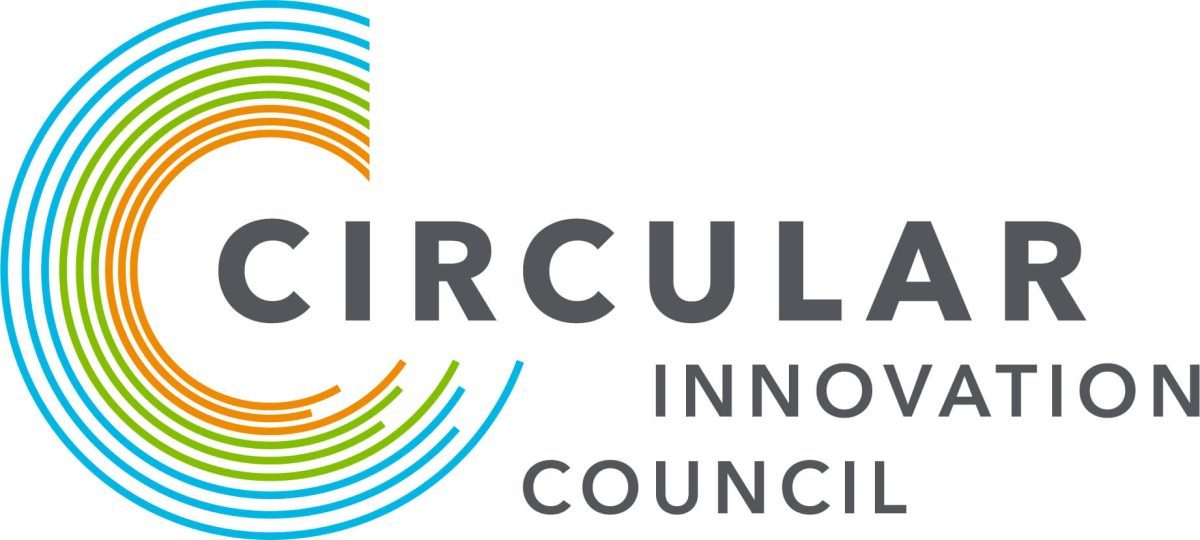
Mohamed Zaki’s new TV purchase wound up being a more complicated process than he originally thought after noticing an environmental charge was added to his order during the online check-out process.
Zaki checked a couple of other stores and found they didn’t charge the $32 environmental handling fee (EHF) that Best Buy did on the same TV.
“I’ve never come across that before,” he said of the fee. “I Googled it and then I found nothing about the subject.”
“The whole thing is confusing.”
As of Jan. 1, consumers started to see inconsistent EHFs under Ontario’s new recycling regulations. While the fee structure may confuse shoppers, the province says it’s expected to ultimately cost consumers less, reduce waste and spur recycling innovation.
Under the new Electrical and Electronic Equipment (EEE) Regulation, producers (manufacturers and retailers) are individually accountable and financially responsible for recycling their used products. Previously, the onus was on the industry as a whole using one recycling program with set fees.
Now, producers have the choice to recycle products themselves or work with organizations that will do it for them. That means producers can decide whether to absorb the recycling costs or pass them onto customers either by building them into a product’s total price or charging a separate fee.
While the fee is intended to reflect the cost of recycling, there’s no set standard on how, and how much, customers can be charged, which can lead to different prices for the same product.
“I felt it’s unfair to be charged a fee as a consumer that is actually not mandated by the government,” Zaki said. “There are different practices between different retailers, which doesn’t make sense.”
An online search shows inconsistencies for a variety of products, including headphones, videogame consoles and electric guitars at different stores. Fees range from less than a dollar to more than $30, depending on the product. When an EHF is charged, customers pay HST on it.
The Retail Council of Canada’s director of government relations in Ontario says consumers should expect to see an increase in fee consistency over time as stores adapt to the new regulation.
“I think you’ve got some more sophisticated operators that have moved toward this quicker than others,” Sebastian Prins said.
While comparing inconsistent fees may require some shopping around, the not-for-profit and education organization Recycling Council of Ontario says the new regulation can ultimately be positive for consumers.
“They’re going to get a lot of choice and they’re going to get motivated producers to improve designs, improve business,” executive director Jo-Anne St. Godard said.
The Ontario government says since producers now have to individually pay to recycle the goods they make and sell, they’ll want to reduce recycling costs and use technology to become more environmentally friendly.
The Ministry of Environment, Conservation and Parks says under the new rules the overall cost to recycle electronics should be less than the price of running the previous program.
“The government expects that this economic benefit should be passed onto consumers,” press secretary Andrew Buttigieg said in an email.
The recycling council says manufacturers and retailers should be required to educate shoppers about the new fees and how they’re being used.
“There must be some consumer protection and transparency around the connection between those fees and the actual costs of the recycling,” St. Godard said.
Consumers in Ontario have not been charged an environmental handling fee in the last two years because the previous program had collected a surplus of $109.8 million.
Under the new regulation, producers are required to reuse, refurbish or recycle 55 per cent of their designated materials at first. The targets increase each year and go up to 70 per cent in 2025.
The regulation says producers must make their “best efforts” to reach these targets.
“‘Best efforts’ is not language that we want to see in any environmental regulation. We need to see set targets and clear reporting measurements and consistent oversight to ensure that those targets are actually being met,” St. Godard said.
There is no financial penalty for producers not meeting the target. It’s limited to either an order to comply followed by prosecution if there is persistent non-compliance, according to the Resource Productivity and Recovery Authority, the regulatory body that oversees the new rules.
We respectfully acknowledge that we live, work and play on the traditional territory of many Indigenous Nations and we humbly extend our respect to Indigenous individuals, communities and Elders, past and present, as the traditional custodians of this land.
Circular Innovation Council is a registered charity.
Charity Registration Number: 119112118 RR 0001